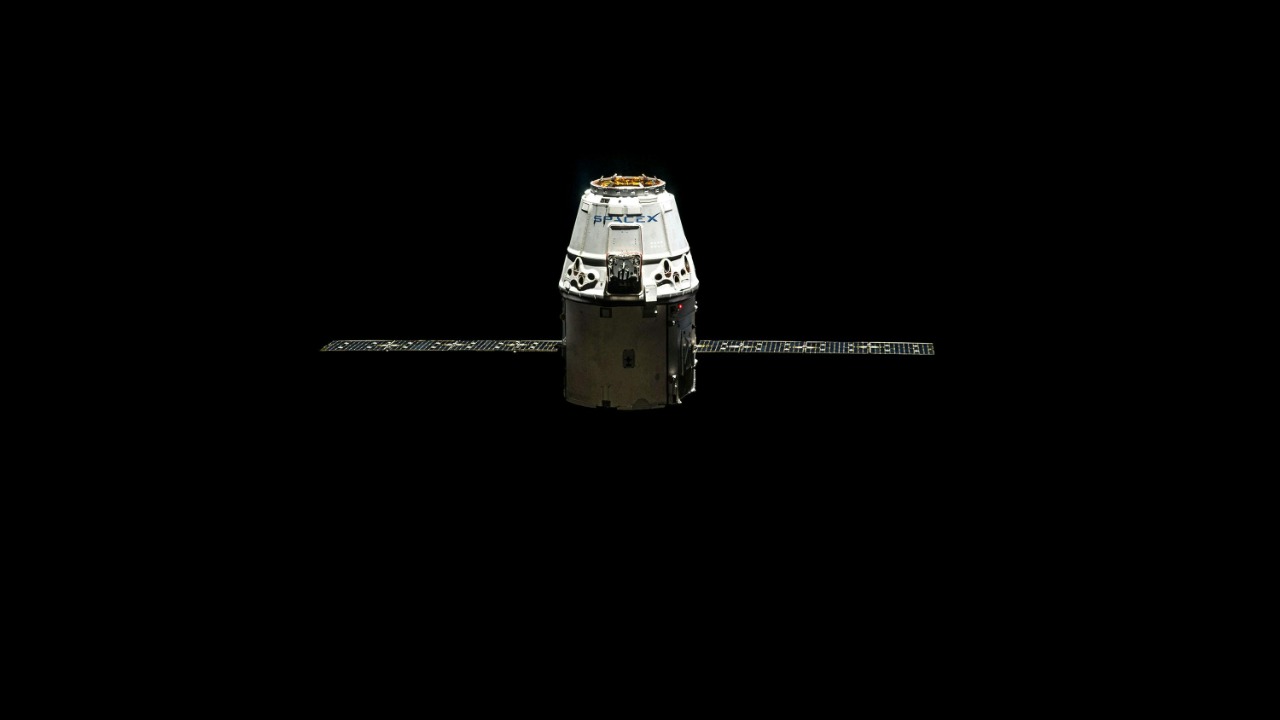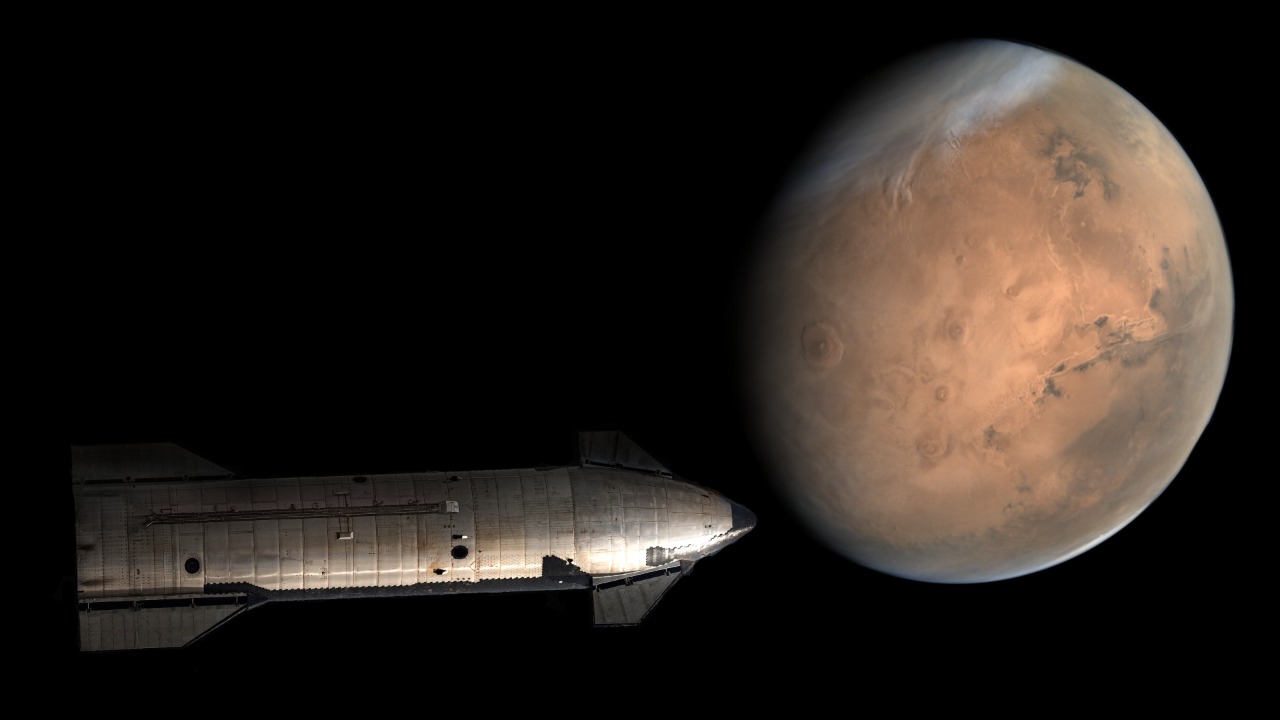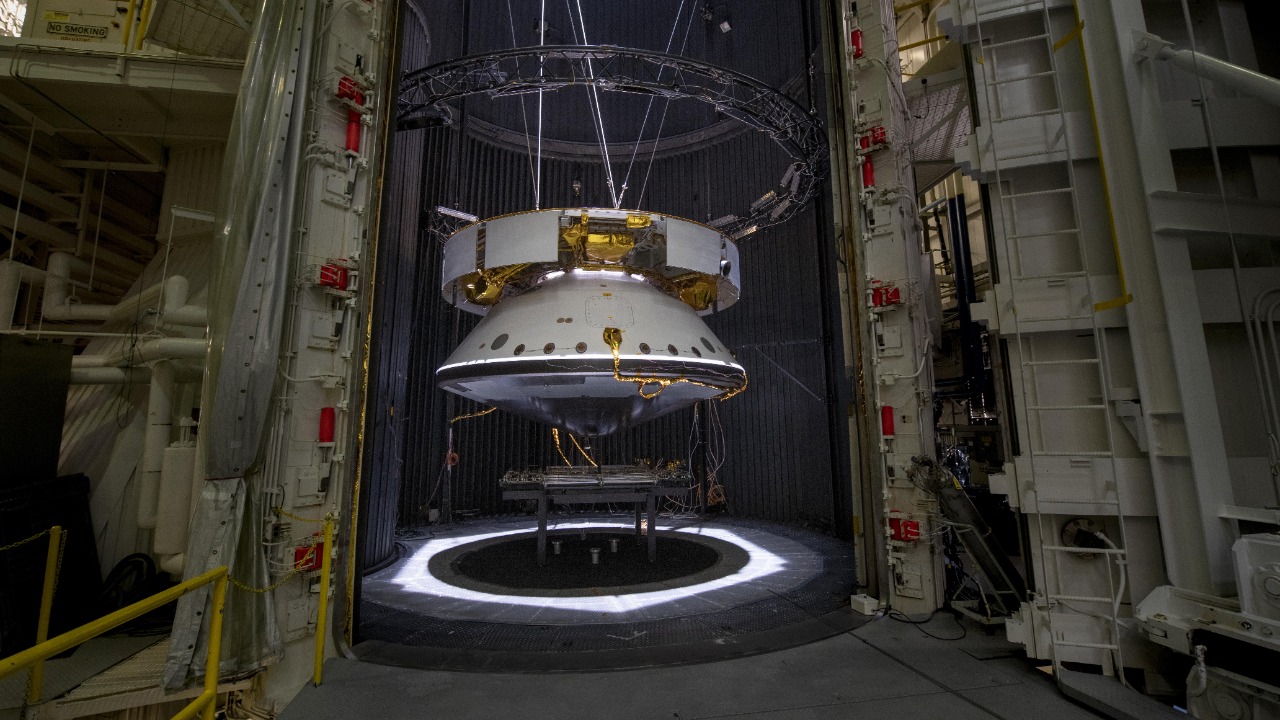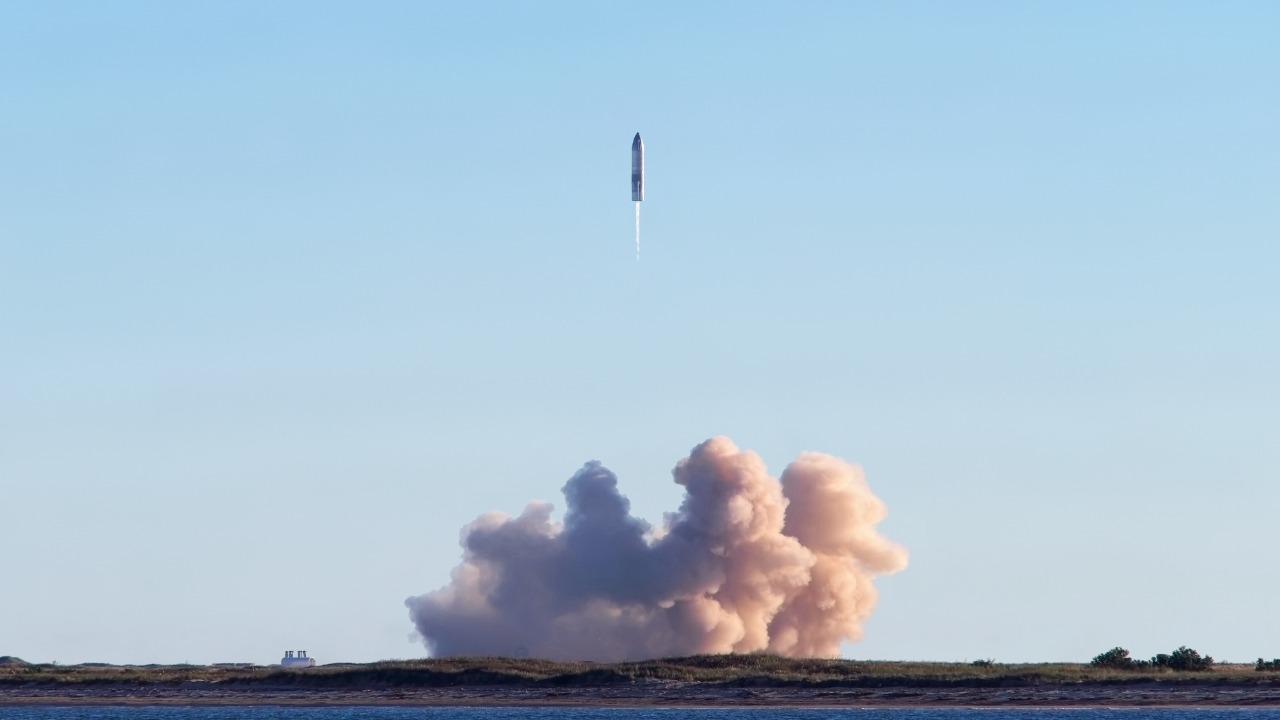
As SpaceX continues to push the boundaries of space exploration, the unveiling of Starship 2.0 marks a significant milestone in the quest to colonize Mars. With advanced technology and innovative design, this next-generation spacecraft promises to revolutionize interplanetary travel. The features of Starship 2.0 aim to make human settlement on Mars a reality, signifying a new era in space exploration.
The Evolution of Starship Design

The development from the original Starship to Starship 2.0 represents a leap in technology and design. The latest iteration boasts key upgrades that focus on structural enhancements and the use of new materials. The manufacturing process incorporates advanced alloys, making the spacecraft both lighter and more durable. This transformation not only increases payload capacity but also improves overall efficiency during space travel.
Starship 2.0 introduces advanced aerodynamic features designed to optimize space travel. Enhanced heat shielding is a critical component, ensuring the spacecraft can withstand the intense conditions of re-entry into Earth’s atmosphere. The aerodynamic design is further refined to reduce drag, which contributes to a smoother and more fuel-efficient journey. These improvements are pivotal for the spacecraft’s ability to travel to and from Mars safely.
Interior innovations have also been a focus in the Starship 2.0 design. The redesigned interior maximizes space, allowing for more passengers and cargo without compromising comfort. The spacecraft is equipped with state-of-the-art safety measures to ensure the well-being of its occupants on long-duration missions. This attention to detail is crucial for maintaining morale and health on journeys that could last several months.
Technological Advancements Driving Starship 2.0

At the heart of Starship 2.0’s propulsion system are the next-generation Raptor engines. These engines are a significant upgrade, providing increased efficiency and thrust. This enhancement facilitates faster travel to Mars, reducing the time astronauts spend in transit and minimizing exposure to space radiation. The advanced propulsion system is a testament to SpaceX’s commitment to innovation in space travel.
Incorporating autonomous navigation and artificial intelligence (AI) into the spacecraft’s systems further enhances its capabilities. AI plays a critical role in navigation, piloting, and mission management, allowing for more precise control and decision-making during missions. This technology enables the spacecraft to adapt to unforeseen challenges, ensuring a higher likelihood of mission success.
The life-support systems aboard Starship 2.0 are designed to provide sustainable living conditions for astronauts. These systems are pivotal for maintaining air quality, temperature, and water supply during the journey and once on Mars. Advanced recycling processes and resource management ensure that astronauts have the necessary supplies to survive and thrive, even in the harsh conditions of space and the Martian surface.
How Starship 2.0 Paves the Way to Mars

SpaceX has outlined an ambitious Mars mission roadmap, with Starship 2.0 playing a central role. The timeline includes a series of test flights and unmanned missions to ensure the spacecraft’s reliability and readiness for human transport. This staged approach allows for the gradual resolution of any issues, paving the way for successful manned missions.
Collaboration is key in achieving interplanetary travel goals. SpaceX has partnered with NASA and other space agencies to enhance mission success and safety. These partnerships bring together a wealth of expertise and resources, enabling the pooling of knowledge to tackle the complexities of Mars missions. Such collaborations are essential in advancing the frontier of human space exploration.
Simulation and testing are integral to preparing Starship 2.0 for its Mars missions. The spacecraft undergoes rigorous testing procedures, including simulation of Martian conditions. These tests are designed to identify and rectify potential challenges before they arise, ensuring that the spacecraft is equipped to handle the unique demands of a Mars mission.
Challenges and Considerations for Mars Missions

The journey to Mars is fraught with environmental and technical challenges. One of the primary concerns is radiation exposure, which poses a significant risk to astronauts during the long voyage. SpaceX is developing advanced shielding technologies to mitigate this risk, ensuring that the crew can travel safely. Additionally, planetary protection protocols must be adhered to, preventing contamination of both Earth and Mars.
Beyond technical challenges, the ethical and societal implications of colonizing Mars must be considered. Establishing a human presence on another planet raises questions about the impact on international space law and the ethical responsibilities of such endeavors. These considerations are crucial as humanity takes its first steps toward becoming a multi-planetary species.
Long-term sustainability is a fundamental aspect of SpaceX’s plans for Mars colonization. Establishing a sustainable human presence involves utilizing local resources and developing habitats that can support life independently. This approach not only reduces reliance on Earth but also ensures that settlements can thrive in the long run, making Mars a viable place for human habitation.
The Future of Interplanetary Travel

Looking ahead, Starship 2.0 is poised to influence the future of space exploration significantly. Over the next decade, its advancements are expected to expand humanity’s reach beyond Mars. The technology and lessons learned from these missions will pave the way for future interplanetary travel, opening up possibilities for exploration and colonization of other celestial bodies.
SpaceX’s role in the modern space race is undeniable. As a leader in the industry, the company continues to set benchmarks for innovation and achievement. The success of Starship 2.0 will not only solidify SpaceX’s position but also inspire other entities to push the boundaries of what is possible in space exploration.
The unveiling of Starship 2.0 is more than just a technological milestone; it serves as an inspiration for the next generation of scientists, engineers, and explorers. As young minds witness these breakthroughs, they are encouraged to pursue careers in space exploration. This inspiration is vital for ensuring the continued advancement of space technology and the realization of humanity’s dreams of exploring the cosmos.